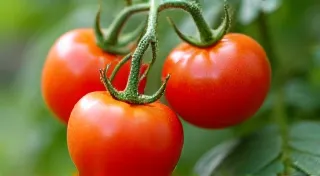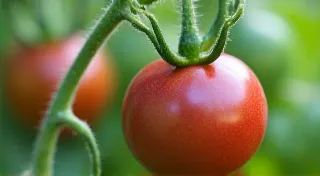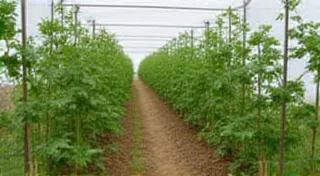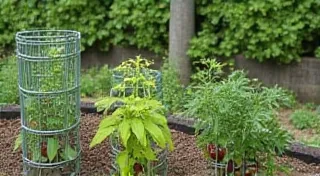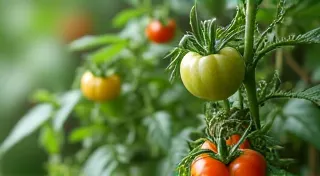Tomato Variety Comparison: Best Performers in Texas
Texas presents a unique challenge for gardeners – scorching summers, unpredictable rainfall, and a wide range of microclimates across the state. Choosing the right heirloom tomato varieties is crucial for a successful harvest. This guide compares some top-performing heirloom tomatoes, considering their adaptability to Texas’s diverse conditions.
Understanding Texas Tomato Growing Conditions
Before diving into variety comparisons, let's briefly touch on key Texas growing factors:
- Heat Tolerance: Essential for surviving those intense Texas summers.
- Disease Resistance: Early and late blight are common threats.
- Water Needs: Consistent watering is important, but drought tolerance is a plus.
- Days to Maturity: Choosing varieties with shorter maturity times can help you beat the heat and potential late-season frosts.
Heirloom Tomato Variety Comparisons
1. Cherokee Purple
Description: A beloved purple-black heirloom known for its rich, smoky-sweet flavor.
Performance in Texas: Cherokee Purple performs well in central and eastern Texas, benefiting from the slightly milder temperatures. It can struggle in the extreme heat of West Texas, needing extra shade and watering. Its relatively long maturity time (80-90 days) means starting seeds indoors is often recommended. Many Southern gardeners have found great success with this variety, as highlighted in Cherokee Purple Tomatoes: A Southern Gardening Success Story. Understanding the nuances of growing this delicious variety is key to a successful harvest.
Strengths: Exceptional flavor, good disease resistance.
Weaknesses: Susceptible to cracking, needs consistent watering, lengthy maturity.
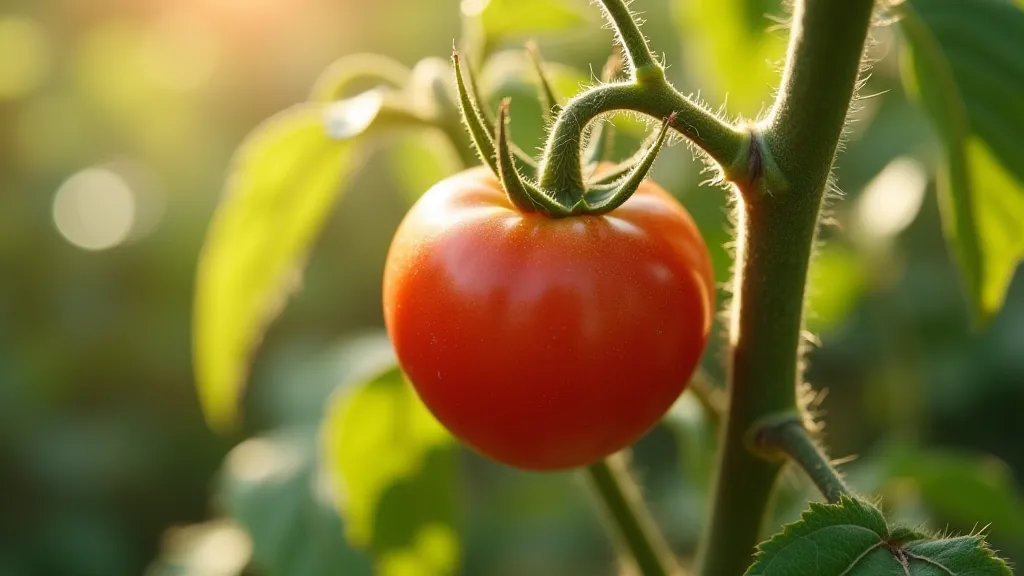
2. San Marzano
Description: A classic Italian plum tomato, prized for its dense, meaty flesh and low acidity – ideal for sauces and canning.
Performance in Texas: San Marzano thrives in Texas, especially in areas with well-drained soil. Its shorter maturity time (75-85 days) makes it a good choice for gardeners wanting a quicker harvest. Requires consistent watering and protection from intense afternoon sun. Careful attention to watering is vital for preventing blossom-end rot.
Strengths: Excellent for processing, relatively short maturity.
Weaknesses: Requires consistent watering, susceptible to blossom-end rot if not properly watered.
3. Mortgage Lifter
Description: A large, beefsteak tomato with a fascinating history – reputedly grown to pay off a mortgage!
Performance in Texas: Mortgage Lifter performs well across Texas, known for its productivity and large fruit size. It handles the heat reasonably well and is quite versatile. The challenges of supporting these large fruits are similar to those faced by gardeners in various climates; proper staking and support systems are key to preventing them from falling and damaging the plant. You can explore different approaches for providing that support in Tomato Staking & Support Systems for Regional Climates.
Strengths: Large fruit size, good productivity.
Weaknesses: Can be prone to cracking if watered inconsistently.
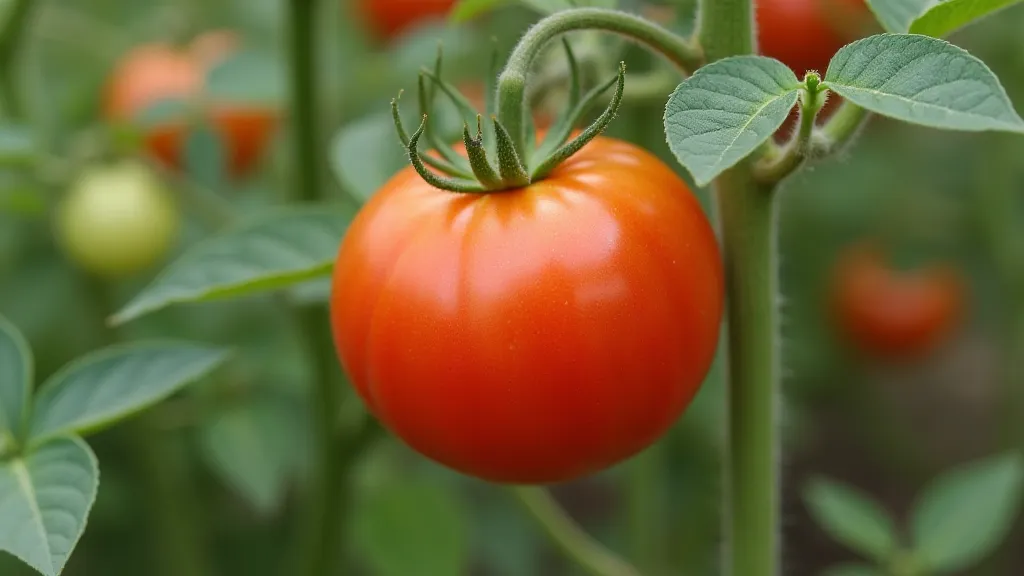
4. Arkansas Traveler
Description: A resilient tomato originally bred in Arkansas, known for its heat and disease tolerance.
Performance in Texas: Arkansas Traveler is a stellar choice for all regions of Texas. Its tolerance for heat and drought makes it an excellent performer, even in challenging conditions. Its shorter maturity (75-80 days) allows for an earlier harvest. The robust nature of this variety is a testament to its heritage – a benefit especially valued by gardeners facing the pressures of a challenging environment.
Strengths: Heat tolerance, disease resistance, early harvest.
Weaknesses: Flavor is not as intense as some other heirlooms.
5. Roma
Description: Another plum tomato popular for canning and sauces.
Performance in Texas: Roma thrives in most regions. Its compact size makes it a good choice for smaller gardens. Provides excellent yields of juicy fruit. Like the Hillbilly tomato, another resilient variety, Roma provides abundant harvests when given proper care.
Strengths: Compact growth habit, high yield.
Weaknesses: Requires consistent watering and fertilization.
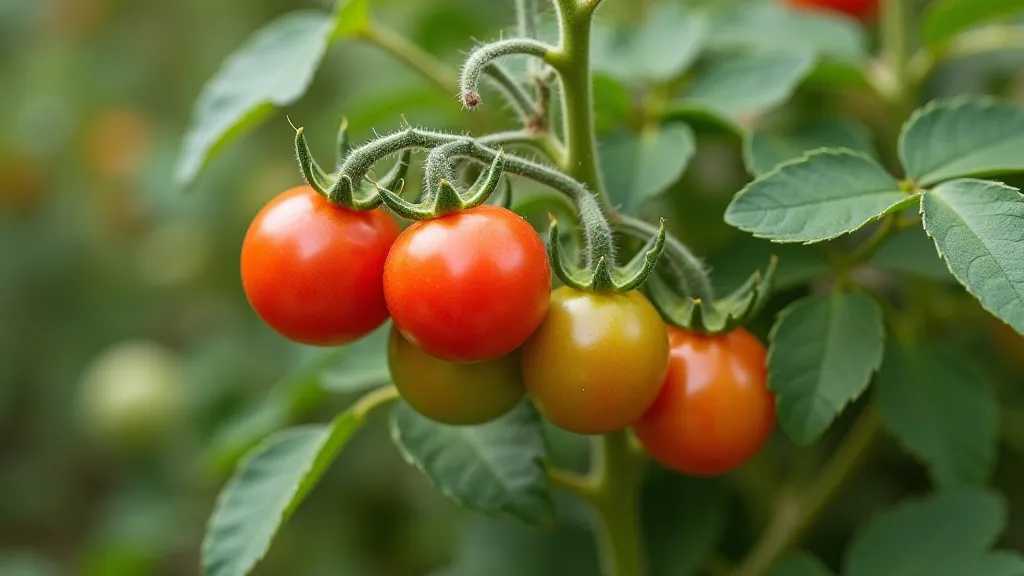
Tips for Success in Texas
Successfully growing tomatoes in Texas is more than just selecting a variety; it’s about understanding the specific challenges the environment presents and adapting your gardening techniques accordingly. While some varieties, like the Cherokee Purple, require more attention, others offer greater resilience with less effort. Here are some detailed tips to maximize your yield:
- Start Seeds Indoors: Give your tomatoes a head start on the Texas heat. Starting seeds 6-8 weeks before the last expected frost allows for stronger seedlings ready to withstand the intense summer sun. Use a heat mat to promote germination and ensure healthy root development.
- Amend Soil: Texas soil often benefits from the addition of compost and other organic matter. The state's often clay-heavy soils need to be amended to improve drainage and aeration. Incorporate plenty of compost, aged manure, and other organic materials to create a fertile growing medium. A soil test can help determine specific nutrient deficiencies.
- Provide Shade: Afternoon shade can help prevent sunscald. While tomatoes need plenty of sunlight, the intense afternoon sun can scorch leaves and fruit, particularly in the hottest months. Planting near taller plants or using shade cloth can mitigate this issue.
- Water Consistently: Especially during hot, dry spells. Tomatoes need consistent moisture to thrive. Aim for deep, infrequent watering to encourage strong root growth. Mulching helps retain moisture and reduce water evaporation.
- Mulch: Helps retain moisture and suppress weeds. Organic mulches like straw, wood chips, or shredded leaves not only conserve water but also add valuable nutrients to the soil as they decompose.
- Fertilize Regularly: Tomatoes are heavy feeders and benefit from regular fertilization. Use a balanced fertilizer formulated for tomatoes, following package instructions carefully.
- Pest and Disease Control: Be vigilant for common pests and diseases, such as aphids, tomato hornworms, and early blight. Implement preventative measures and treat any infestations promptly.
By selecting the right heirloom varieties and following these tips, you can enjoy a bountiful harvest of delicious tomatoes in Texas! Exploring regional nuances, such as those discussed in Green Zebra Tomatoes: Growing in the Midwest – Challenges and Rewards, can also provide valuable insights into adapting your approach based on your specific microclimate.
![Tomato Variety Comparison: Best Performers in [Region]](/thumbs/tomato-variety-comparison.webp)
